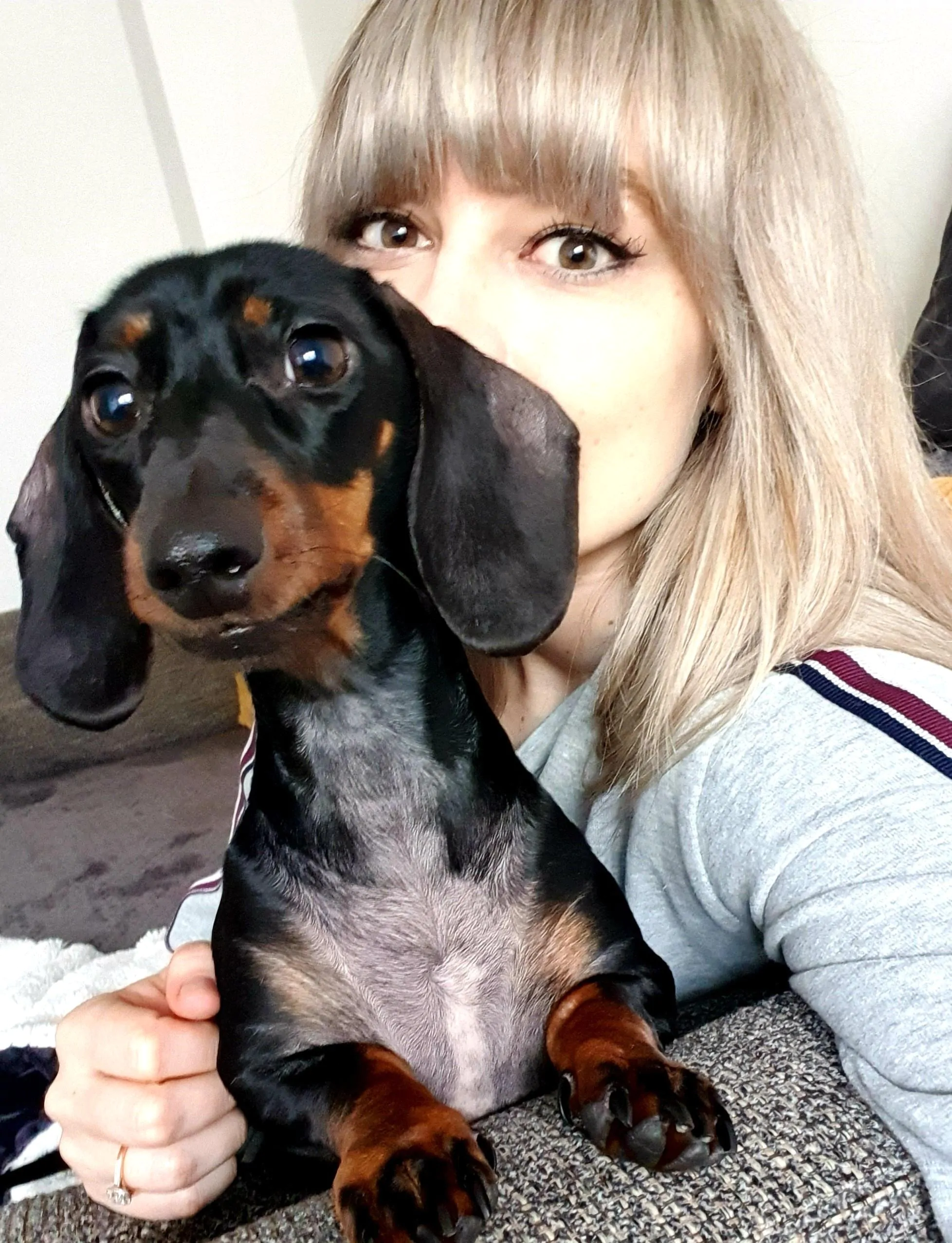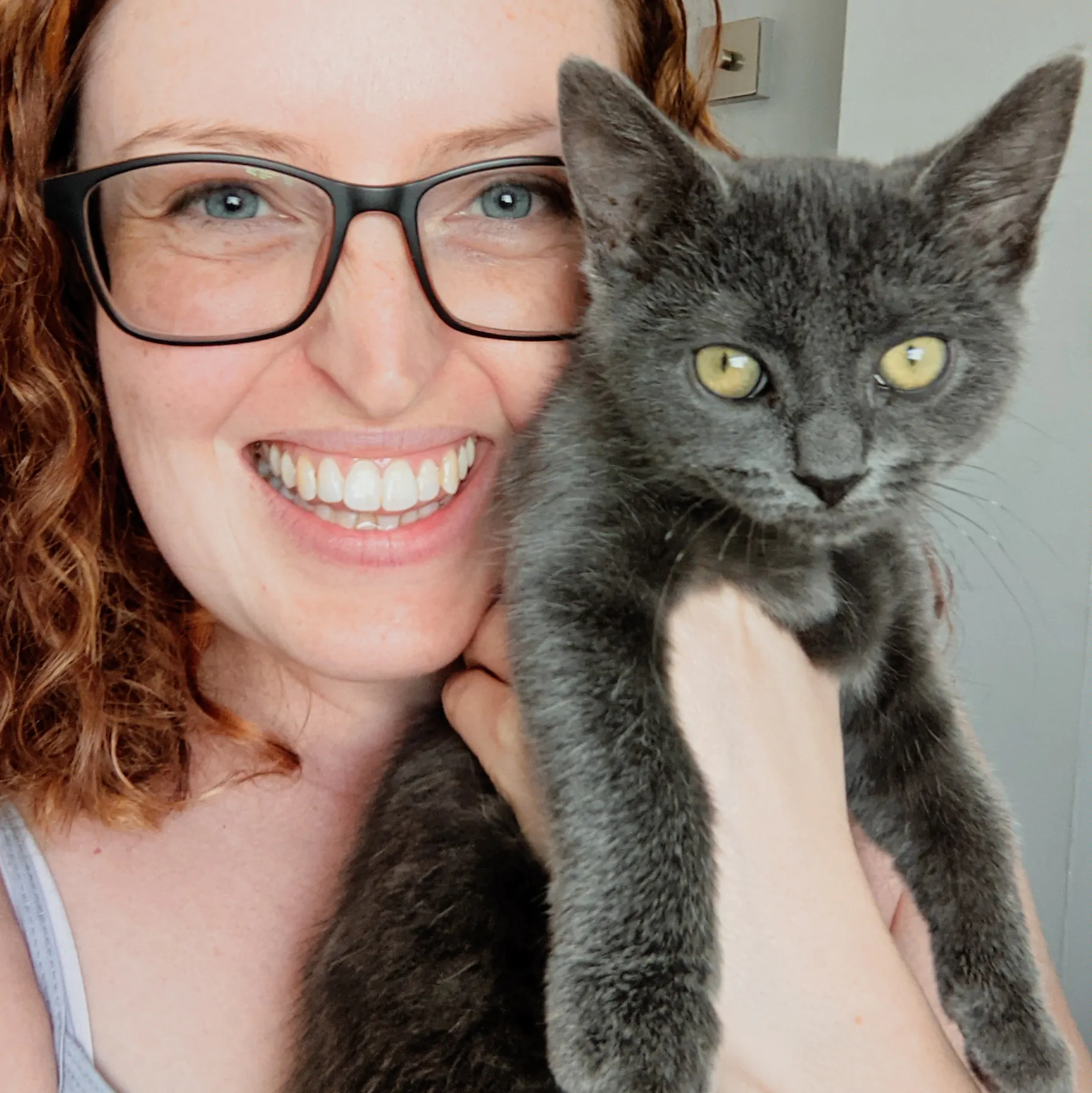Covers your pet up to the chosen vet fee limit if they have a dental accident or injury. Always be sure to take your pet for annual dental check-ups, and follow your vet’s advice.
Pugs are charming and affectionate, true little characters. As a flat-faced (brachycephalic) breed, they shouldn’t be over-exercised, especially in hot weather. It’s important to keep their weight healthy though, as being overweight can worsen any breathing or other health issues they may have.
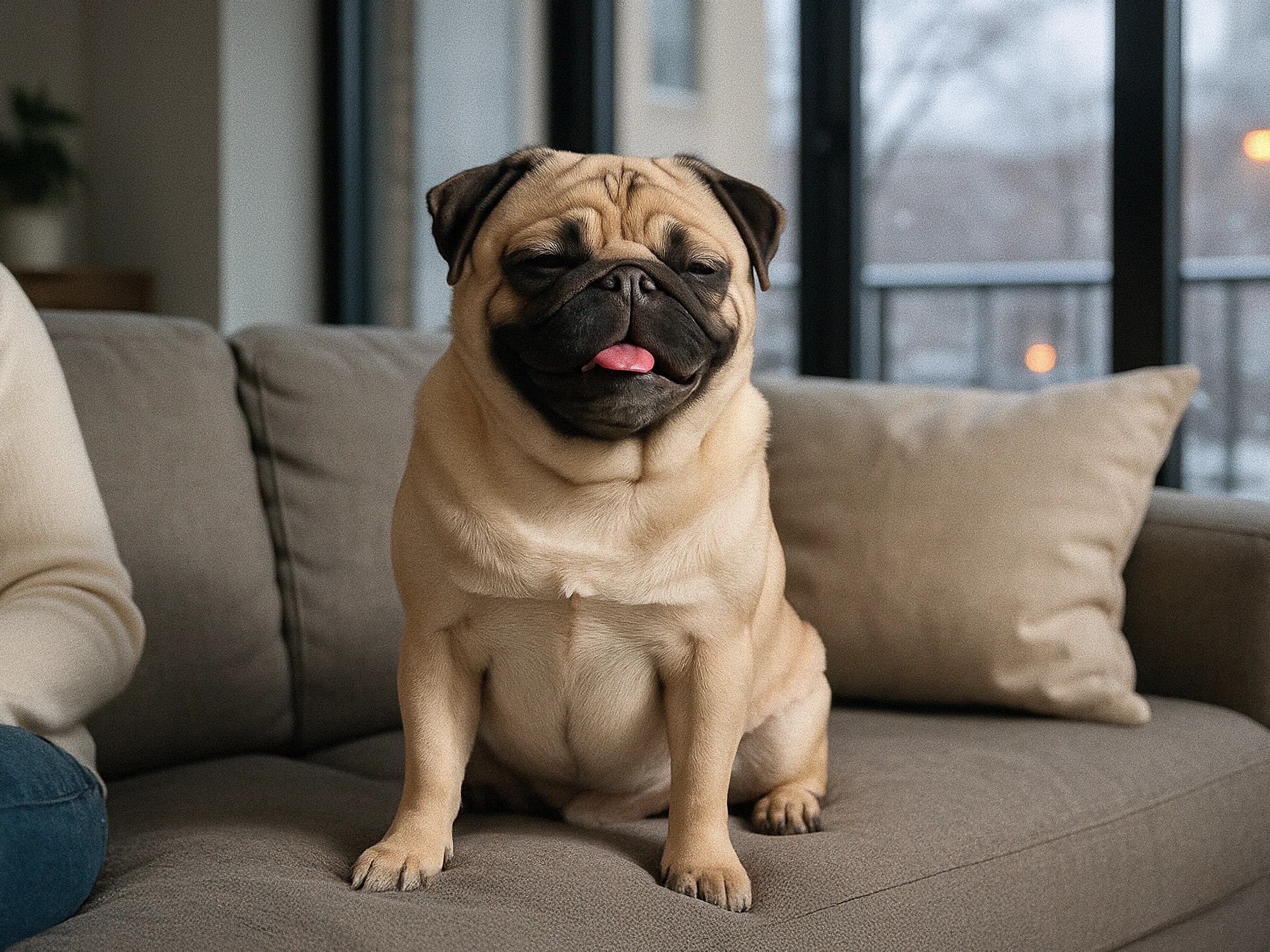

A guide to owning a Pug
A small dog with a BIG personality, the Pug is an ancient breed that’s been charming dog lovers for millennia. Today, these comical pups are firm family favourites, aided by their gentle and affectionate nature.
Thinking of getting a Pug? It’s a good idea to do a little research before you commit, including into their common health issues, temperament, exercise and grooming needs. Which is precisely what we’re here for.
Are Pugs good family dogs?
100%. They’re friendly and affectionate, and great with young children and pets – though early socialisation is important. They’re also compact enough to live comfortably in smaller homes.


Pug size and appearance
With its wrinkly squished face, the Pug is instantly recognisable. They have big round eyes, a compact muscular body and tightly curled tails that sit over their back. They’re about 25-30cm tall at the shoulders, and weigh between 6-8kg. They look amusing yet beguiling, which suits their playful personality to a tee.
They have a smooth, short coat which comes in several colours, including:
- Fawn
- Black
- Silver
- Apricot
Whatever the colour, they usually have a dark ‘mask’ on their face.
What were Pugs bred for?
It’s thought Pugs date back to roughly 400 BCE, having originally been bred as companions for Chinese nobility.


What is a Pug’s temperament?
The Pug’s personality is:
- Affectionate: Above all else, Pugs are gentle and affectionate, which makes them ideal companions for families of any age.
- Sociable: Natural extroverts, they love human companionship and being the centre of attention. They might well shadow you around the home, always wanting to know what’s going on.
- Playful: Pugs love to play. While they generally get on well with children and other pets, they can sometimes be a bit boisterous at play.
- Calm: Even-tempered and easy-going, Pugs tend to prefer a peaceful home environment. Except, perhaps, at playtime.
Can Pugs be left alone?
Not for extended periods of time. Pugs are companion dogs, so they need to be around their family regularly. With a bit of training, you may be able to leave them for a couple of hours, but they can be prone to separation anxiety.
If you do have to leave your Pug alone for any length of time, make sure they have access to fresh water, and familiar items such as their favourite toys and blankets. No dog should be left for longer than four hours if you can help it, and with Pugs it’s likely to be much less.


How much exercise does a Pug need?
Pugs aren’t a super high-energy breed. But like all dogs, they still need a daily dose of exercise to keep them fit and healthy. A couple of short walks and some playtime indoors or in the garden should be enough.
Because of their flat (brachycephalic) faces, Pugs can sometimes have trouble breathing. This is especially the case when the weather’s hot and/or humid. Be sure not to over-exert them, and avoid walking at the hottest times of day. And make sure they have fresh water and a cool place to unwind after any activity.
Can Pugs swim?
Pugs can swim, but they’re not naturally strong swimmers. Because of their short muzzle and heavy body, it can be a bit of a struggle for them. If you’re taking your Pug to water, keep them under close supervision. You might consider getting a body float for them to make their life easier.
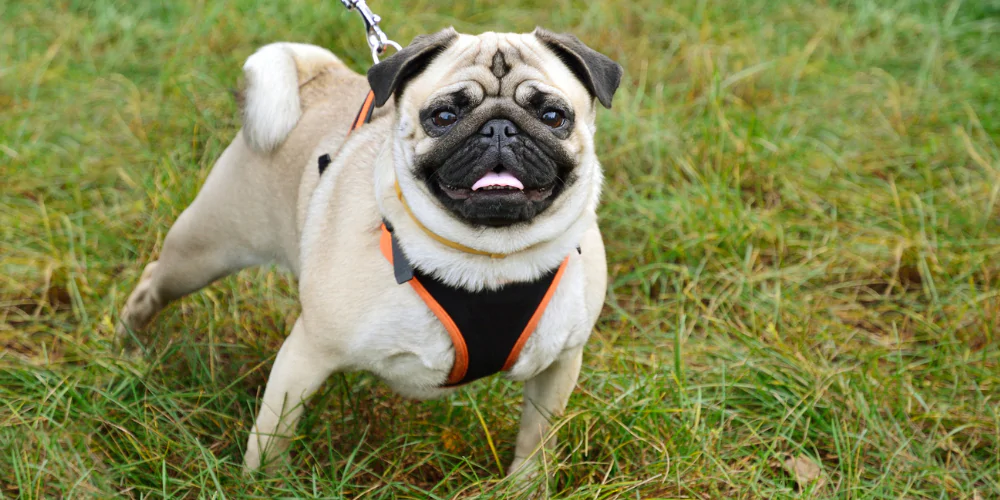

Our expert says…
Pugs are undeniably adorable, but their charm comes with some serious health challenges, from their cute noses to their curly tails.
Like other flat-faced breeds, Pugs are prone to brachycephalic obstructive airway syndrome (BOAS), which can make it harder for them to breathe, cool down, or handle exercise. Their prominent eyes are vulnerable to injuries, ulcers and conditions like dry eye, entropion (rolled eyelids) and cherry eye (displaced tear gland).
In addition to primary epilepsy, a small number of Pugs develop seizures due to Pug dog encephalitis (also known as necrotizing meningoencephalitis), a rare but terminal brain disease.
Skin folds around the face and tail can trap moisture, leading to infections, while allergies and narrow ear canals result in itching and recurrent ear problems. Joint issues like luxating patellas (slipping kneecaps), hip dysplasia and Legg-Calvé-Perthes disease (a painful hip disorder) are not unusual.
Spinal deformities such as hemivertebrae cause pain, weakness or incontinence. Add to that a tendency toward hypothyroidism, dental crowding and weight gain – which makes many issues worse – and it’s clear these dogs need committed owners. To help preserve the healthiest possible version of this breed (and your heart), choose a reputable breeder who screens for inherited conditions.
Dr Nicole Olewinski BVSc MRCVS
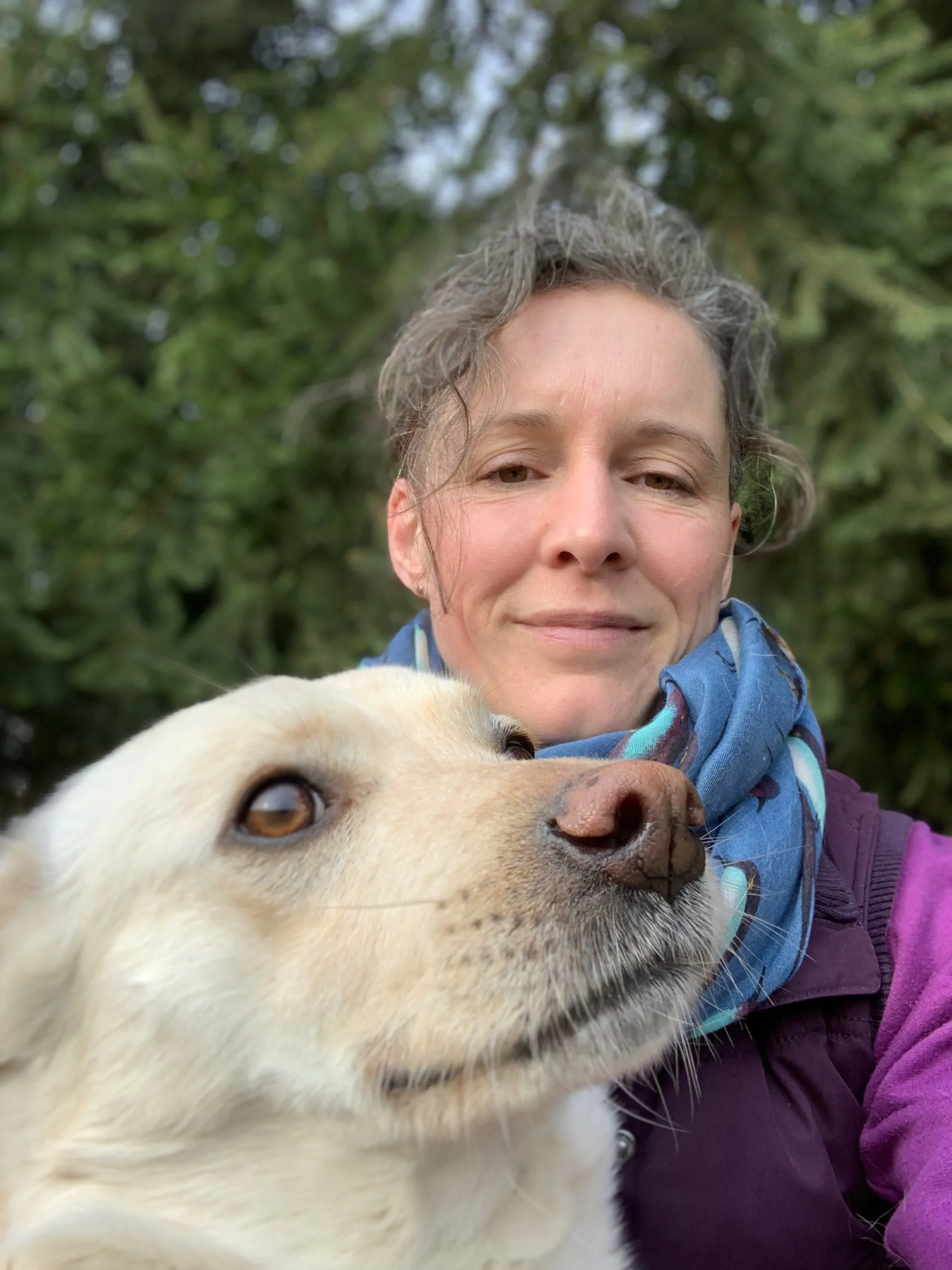

How long do Pugs live?
The average lifespan of a Pug is around 12-15 years. They can be prone to health issues though, so this can vary. Be sure to keep on top of keeping them healthy, particularly their weight.
What are the common health issues for a Pug?
Pugs are lapdogs who love their food. For this reason, they can be prone to obesity, so it’s important to give them a balanced diet, control their portions, and stick to their exercise routine. As a flat-faced breed, excess weight can exacerbate any breathing issues they may have. While snoring or wheezing is normal for a Pug, you should get them checked out if you see any signs of laboured breathing.
Due to their bulging eyes, they can be susceptible to eye disorders such as keratitis (corneal inflammation), corneal ulcers and entropion (where the eyelid turns in). Other common health problems include joint issues and epilepsy. While epilepsy in dogs can be alarming, you can usually manage the seizures with the correct medication and advice from your vet.
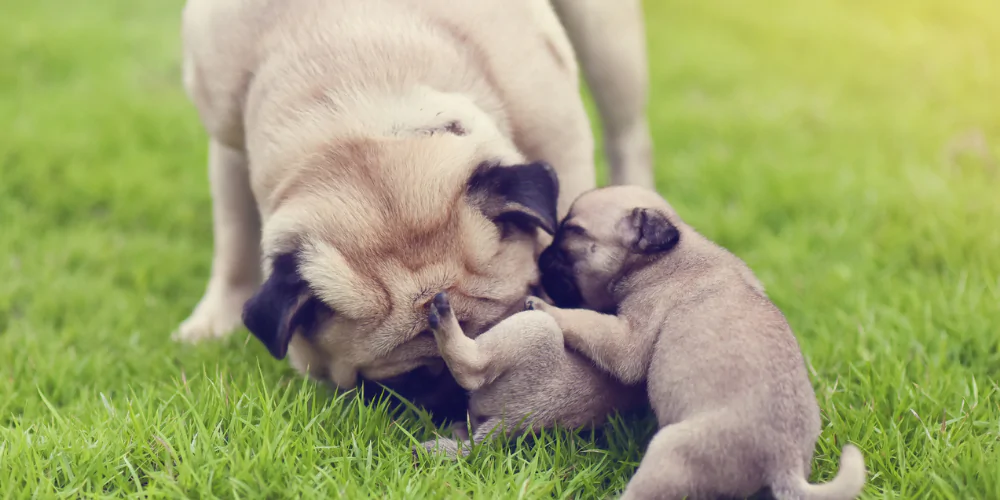

Pug grooming and hygiene
Although Pugs have a short, smooth coat, quite a lot of hair falls off them – especially when the seasons change. You should try to brush them at least once or twice a week. This way, you’ll get fewer hairy deposits, and it keeps their coat healthy.
The wrinkles in their face need extra attention. To prevent infections, be sure to clean between the folds regularly. Check their eyes regularly too, as these can be prone to irritation. Plus you should trim their nails, clean their ears and take care of their teeth regularly.
Do Pugs shed?
Yes, Pugs are considered to be heavy shedders, despite their short coat.
Are Pugs hypoallergenic?
No. They’re quite heavy shedders, both of fur and dander (dead skin). As such, they’re not always the best for those who suffer from allergies. If you or someone in your household suffers from allergies, it may be an idea to meet the puppy a couple of times before you commit to buy. It’s also worth mentioning that no dog breed is truly hypoallergenic.


How to train a Pug
Generally, training a Pug should be reasonably straightforward, as they’re intelligent and eager to please. All training requires patience and consistency though.
Here are a few pointers:
- Pugs respond well to positive reinforcement. Especially when there’s food involved. They do love a treat. Who doesn’t?
- They can sometimes be a little stubborn. Keep training sessions short and fun, and everyone will be happy. And never use harsh discipline.
- House training a Pug can sometimes take a while, so patience is important, as is sticking to a regular routine.
- It’s a good idea to socialise your dog early, which can help with their confidence around other people and animals, as well as fostering good manners.


What insurance do I need for my Pug?
The level of dog insurance you choose for your Pug will generally come down to your individual circumstances and budget. So you know exactly what your money’s getting you, read our guide to whether pet insurance is worth it.
We believe all dogs deserve the most comprehensive level of cover as possible, which is why we only sell different types of lifetime cover. We could also cover your Pug for any pre-existing conditions they may have with our Lifetime Plus policy, subject to acceptance*.


Guides and advice from experts
Our expert vets and behaviourists have great pointers to help keep your pet happy and healthy.

If your dog gets ill or has an accident, you want to give them the best care possible. Let’s take a look at why having pet insurance is important for your pooch.

How to choose the best pet insurance for my pet
We explain the top things you may want to think about when it comes to researching pet insurance policies, including how you can compare pet insurance.
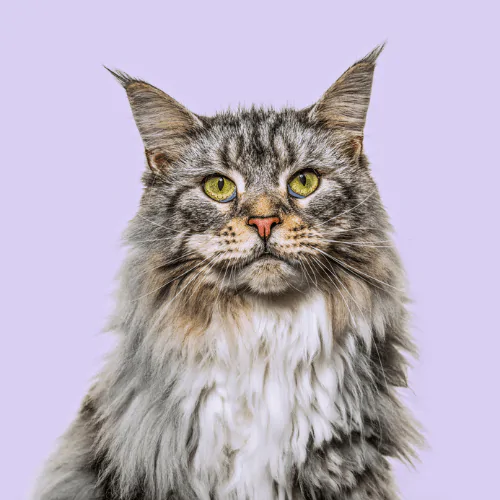
What is lifetime pet insurance
We’re saying farewell to all of the confusion around lifetime pet insurance. Join us as we explore what it is and how it works.
What’s included in your dog cover
Choosing Petgevity to protect your dog gives you more than just vet fee cover. Here's what you get from our policy.
Dental accident
Covers your pet up to the chosen vet fee limit if they have a dental accident or injury. Always be sure to take your pet for annual dental check-ups, and follow your vet’s advice.
More info
Covers your pet up to the chosen vet fee limit if they have a dental accident or injury. Always be sure to take your pet for annual dental check-ups, and follow your vet’s advice.
Behavioural treatment
Get expert help with your pet’s mental and emotional wellbeing, as advised by your vet. Cover up to your chosen vet fee amount or the cost of up to 12 sessions, whichever is lower (Lifetime Plus); or up to £1,000 (Lifetime).
More info
Get expert help with your pet’s mental and emotional wellbeing, as advised by your vet. Cover up to your chosen vet fee amount or the cost of up to 12 sessions, whichever is lower (Lifetime Plus); or up to £1,000 (Lifetime).
Complementary therapy
As advised by your vet, this covers alternative treatments like acupuncture or hydrotherapy. Cover up to your chosen vet fee amount (Lifetime Plus); or up to chosen vet fee amount or £1,500, whichever is lower (Lifetime).
More info
As advised by your vet, this covers alternative treatments like acupuncture or hydrotherapy. Cover up to your chosen vet fee amount (Lifetime Plus); or up to chosen vet fee amount or £1,500, whichever is lower (Lifetime).
Emergency care
If you can’t look after your pet due to an emergency, such as an unplanned hospital visit, this covers you for up to £1,500 (Lifetime Plus) in minding costs.
More info
If you can’t look after your pet due to an emergency, such as an unplanned hospital visit, this covers you for up to £1,500 (Lifetime Plus) in minding costs.
Third-party liability for dogs
Covers you for legal costs if your dog causes injury to somebody or their pet, or causes loss or damage to someone’s property. Protects you for up to £2 million in a legal action.
More info
Covers you for legal costs if your dog causes injury to somebody or their pet, or causes loss or damage to someone’s property. Protects you for up to £2 million in a legal action.
Choice of optional extras
Need extra protection? Choose from several optional extras to cover your pet’s needs, including dental illness, or cover if your pet is stolen or lost.
More info
Need extra protection? Choose from several optional extras to cover your pet’s needs, including dental illness, or cover if your pet is stolen or lost.
Dental accident
More infoBehavioural treatment
More infoGet expert help with your pet’s mental and emotional wellbeing, as advised by your vet. Cover up to your chosen vet fee amount or the cost of up to 12 sessions, whichever is lower (Lifetime Plus); or up to £1,000 (Lifetime).
Complementary therapy
More infoAs advised by your vet, this covers alternative treatments like acupuncture or hydrotherapy. Cover up to your chosen vet fee amount (Lifetime Plus); or up to chosen vet fee amount or £1,500, whichever is lower (Lifetime).
Emergency care
More infoIf you can’t look after your pet due to an emergency, such as an unplanned hospital visit, this covers you for up to £1,500 (Lifetime Plus) in minding costs.
Third-party liability for dogs
More infoCovers you for legal costs if your dog causes injury to somebody or their pet, or causes loss or damage to someone’s property. Protects you for up to £2 million in a legal action.
Choice of optional extras
More infoNeed extra protection? Choose from several optional extras to cover your pet’s needs, including dental illness, or cover if your pet is stolen or lost.
*Cover for pre-existing medical conditions is subject to acceptance. They will not be covered unless you have declared them and they are shown on your Confirmation of Cover.
